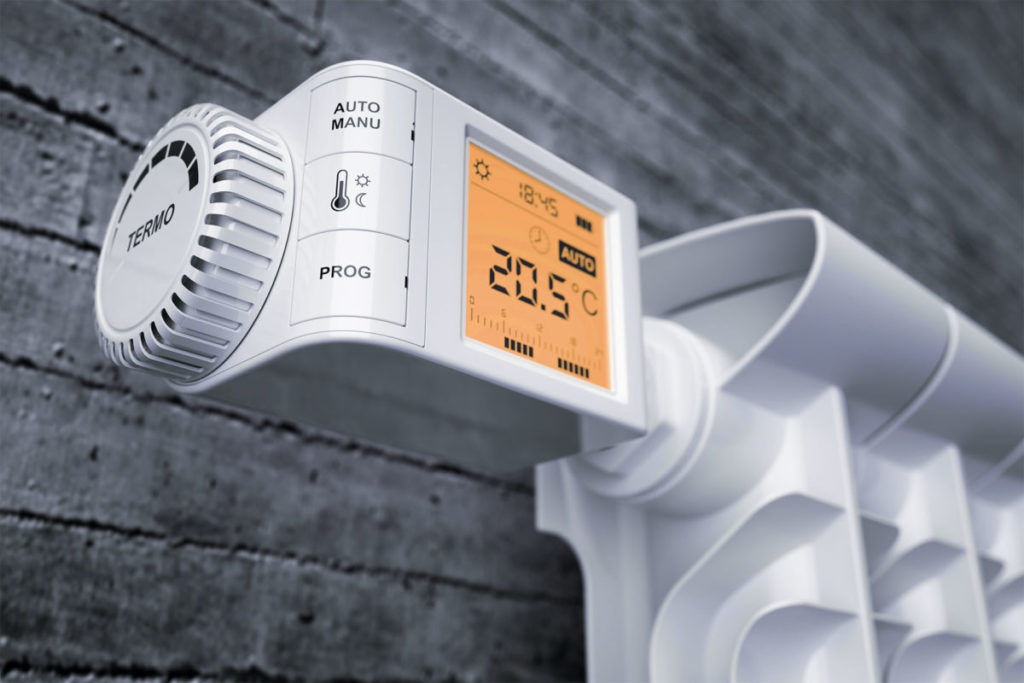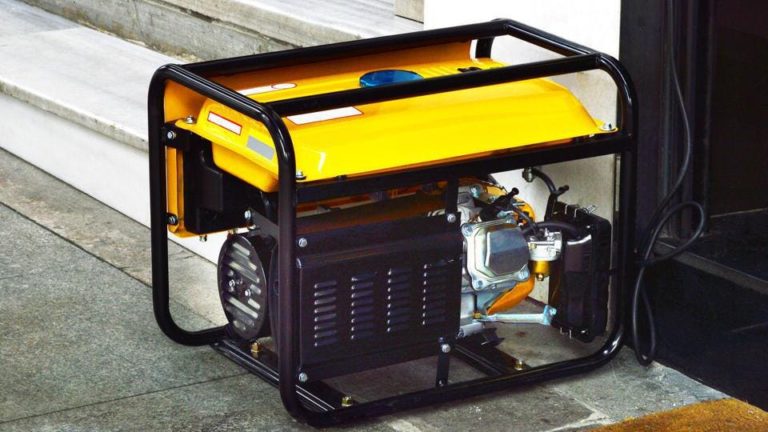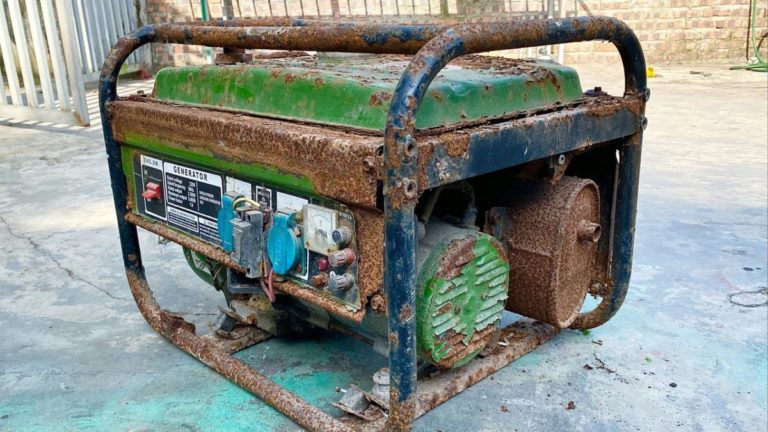As more people seek alternative ways to power their homes while minimizing their carbon footprint, there has been growing interest in sustainable climate control solutions.
Energy-efficient heating and cooling systems that utilize natural resources such as solar energy or geothermal heat can offer a reliable option for off-grid living.
By harnessing the Earth’s thermal properties and free renewable sources of energy, homeowners can achieve comfortable indoor temperatures while protecting their wallet from fluctuating fuel costs and doing their part to combat climate change.
In this piece, we will explore effective and eco-friendly methods for heating and cooling off-grid homes, so you too can take the first step towards living sustainably with Energy-Efficient Heating and Cooling: Climate Control Off the Grid!
Use passive design
Design your home or building to maximize natural lighting and ventilation. This can include large south-facing windows, overhangs, and awnings to provide shade in the summer and allow sunlight in the winter.
By strategically placing large south-facing windows, overhangs, and awnings, you can take advantage of the natural light and ventilation provided by the sun.
During the summer months, overhangs and awnings can provide much-needed shade, reducing the amount of heat that enters your home through the windows.
In the winter, these features can be adjusted or removed to allow more sunlight to enter and warm your home.
By optimizing natural lighting and ventilation, you can reduce the need for artificial lighting and heating, leading to significant energy savings and a more comfortable living space.
Employ high-performance insulation
Proper insulation is key to maintaining a comfortable indoor climate while minimizing energy use. Consider using materials like spray foam insulation, fiberglass batts, and cellulose insulation.
Proper insulation is essential for maintaining a comfortable indoor climate while minimizing energy use.
To achieve optimal results, consider using high-performance insulation materials such as spray foam insulation, fiberglass batts, and cellulose insulation.
Spray foam insulation provides a continuous barrier against air leaks and thermal bridging, resulting in a more consistent and comfortable indoor temperature.
Fiberglass batts offer excellent insulation value and are easy to install in tight spaces, while cellulose insulation is a popular choice for retrofitting existing homes due to its high R-value and eco-friendly composition.
By investing in quality insulation materials and proper installation techniques, homeowners can enjoy a more comfortable and energy-efficient living space year-round.
Choose the right heating and cooling systems
Consider using high-efficiency systems like heat pumps, radiant floor heating, or evaporative cooling systems. These systems can provide comfortable temperatures while reducing energy consumption.
Considering a high-efficiency heating and cooling system can significantly reduce your energy consumption and costs while providing a comfortable living space.
Heat pumps, radiant floor heating, and evaporative cooling systems are some of the most efficient options available.
Heat pumps are a popular choice in regions with mild winters and hot summers, as they can both heat and cool a home.
These systems work by transferring heat from one location to another, rather than generating heat from fossil fuels.
This results in significantly lower energy consumption compared to traditional HVAC systems.
Radiant floor heating, on the other hand, involves installing heating elements, such as pipes or electric mats, under the floor to warm the space.
This system can be powered by a variety of energy sources, including solar or geothermal energy, and is ideal for well-insulated homes.
Evaporative cooling systems are another highly efficient option for heating and cooling.
These systems use water to cool the air, which results in lower energy consumption and cost compared to traditional air conditioning systems.
Evaporative cooling systems can be more effective in dry climates, as they are less dependent on humidity.
Overall, investing in a high-efficiency heating and cooling system can provide significant long-term benefits, including reduced energy consumption, lower costs, and a more comfortable living space.
Many of these systems can be integrated with renewable energy sources, such as solar or wind power, to further reduce their environmental impact.
By considering these high-efficiency systems, homeowners can enjoy a more comfortable and sustainable living space while also reducing their carbon footprint.
Use a zoned heating and cooling system
Zoned systems allow you to control the temperature in different parts of your home or building, reducing energy waste and increasing comfort.
Zoned systems allow you to control the temperature in different parts of your home or building, providing a more tailored and efficient heating and cooling experience.
By dividing your space into distinct zones, you can adjust the temperature to your desired level in each area, rather than maintaining a single, consistent temperature throughout your entire home.
This helps to reduce energy waste and increase comfort, as you can avoid heating or cooling areas that are not currently in use.
For example, if you have a zone for your living room and another for your bedroom, you can turn down the heat in the living room when you’re not using it, while maintaining a comfortable temperature in your bedroom.
This flexibility and control can lead to significant energy savings and a more enjoyable indoor environment.
Zoned systems can be controlled and monitored remotely through smartphone apps, providing an extra layer of convenience and flexibility.
Install a programmable thermostat
Adjust the temperature based on your schedule and preferences to optimize energy use. Programmable thermostats can also help you automate temperature adjustments for when you are sleeping, away, or engaged in other activities.
Looking to optimize your energy use and save money on your heating and cooling bills?
One simple yet effective solution is to adjust the temperature based on your schedule and preferences.
By doing so, you can ensure that your home is comfortable and energy-efficient, without sacrificing your comfort.
Programmable thermostats are a great tool to help you automate temperature adjustments, so you don’t have to worry about remembering to do it manually.
For example, you can set the temperature to be lower when you are sleeping, and higher when you are awake and active.
This helps to conserve energy and reduce unnecessary heating and cooling costs.
You can program the thermostat to adjust the temperature based on your daily routine, such as setting it to a lower temperature when you are away from home for an extended period of time.
By taking a few minutes to program your thermostat, you can save money and energy throughout the year.
Plus, you’ll enjoy a more comfortable and consistent indoor climate, no matter what your schedule or preferences may be.
So why not take control of your energy use today and start optimizing your heating and cooling system with a programmable thermostat?
Consider using a hybrid system
Hybrid systems combine traditional HVAC systems with renewable energy sources like solar power or geothermal energy. These systems can provide reliable heating and cooling while reducing your reliance on the grid.
Incorporating hybrid HVAC systems into your home can provide year-round comfort while simultaneously reducing your reliance on the grid and carbon footprint.
Traditional heating, ventilation, and air conditioning (HVAC) systems often rely on non-renewable energy sources, but with a hybrid system, you can leverage renewable energy sources like solar power or geothermal energy to supplement your heating and cooling needs.
A typical hybrid system includes a geothermal heat pump working in tandem with a solar thermal array or a rooftop solar PV system.
The geothermal heat pump can draw from the earth’s natural heat during the winter months and from the stored thermal energy during the summer months to maintain your desired indoor temperature.
In contrast, the solar thermal array or rooftop solar PV system generates electricity to power the HVAC system, significantly reducing or eliminating your reliance on the grid.
By combining these renewable energy sources, you can experience reliable heating and cooling with significantly lower energy costs.
In fact, according to the US Department of Energy, geothermal heat pumps can reduce your energy costs by up to 70% while solar thermal systems can cut your water heating costs by up to 50%.
Hybrid HVAC systems also offer the advantage of being easy to install and maintain.
As such, consider hybrid systems the next time you need to replace your aging HVAC infrastructure, as they can provide a reliable, cost-effective, and environmentally friendly alternative for heating and cooling your home.
Incorporate renewable energy sources
If you have access to renewable energy sources like solar, geothermal, or wind power, consider incorporating them into your climate control system. This can help reduce your reliance on fossil fuels and lower your energy costs.
If you have access to renewable energy sources such as solar, geothermal, or wind power, consider incorporating them into your climate control system.
Not only can this help reduce your reliance on fossil fuels, but it can also lower your energy costs in the long run.
Solar panels and geothermal systems can provide consistent and sustainable energy sources, while wind turbines can harness the power of natural wind to generate electricity.
By integrating these renewable energy sources into your climate control system, you can decrease your dependence on fossil fuels and mitigate the environmental impacts associated with their use.
Many governments offer incentives and tax credits for individuals and businesses that invest in renewable energy systems, further offsetting the upfront costs of installation.
By making the switch to renewable energy sources, you can not only reduce your energy costs but also contribute to a more sustainable future.
Use smart home technology
Smart home technology can help you optimize your energy use by integrating your climate control systems with other smart devices in your home. This can allow you to control your lights, appliances, and climate control system from a single hub, optimizing your energy use and reducing waste.
By integrating smart home technology with your climate control systems, you can optimize your energy use and reduce waste in several ways.
For instance, you can use your smart thermostat to adjust the temperature in your home based on your daily schedule and preferences.
This can help you save energy by automatically turning down the heat or cooling when you are not home, or when you are sleeping.
You can integrate your smart lights and appliances with your climate control system, allowing you to control them all from a single hub.
This can help you save energy by automatically turning off lights and appliances when they are not in use.
Furthermore, you can set up custom scenarios, such as away mode, which can automatically adjust your climate control and lighting settings based on your schedule and preferences, ensuring that your home is always energy-efficient and comfortable.
With smart home technology, you can take control of your energy use and reduce waste, making your home more sustainable and cost-effective.
Want More? Dive Deeper Here!
Hey there! If you’re the type who loves going down the rabbit hole of information (like we do), you’re in the right spot. We’ve pulled together some cool reads and resources that dive a bit deeper into the stuff we chat about on our site. Whether you’re just killing time or super into the topic, these picks might just be what you’re looking for. Happy reading!






